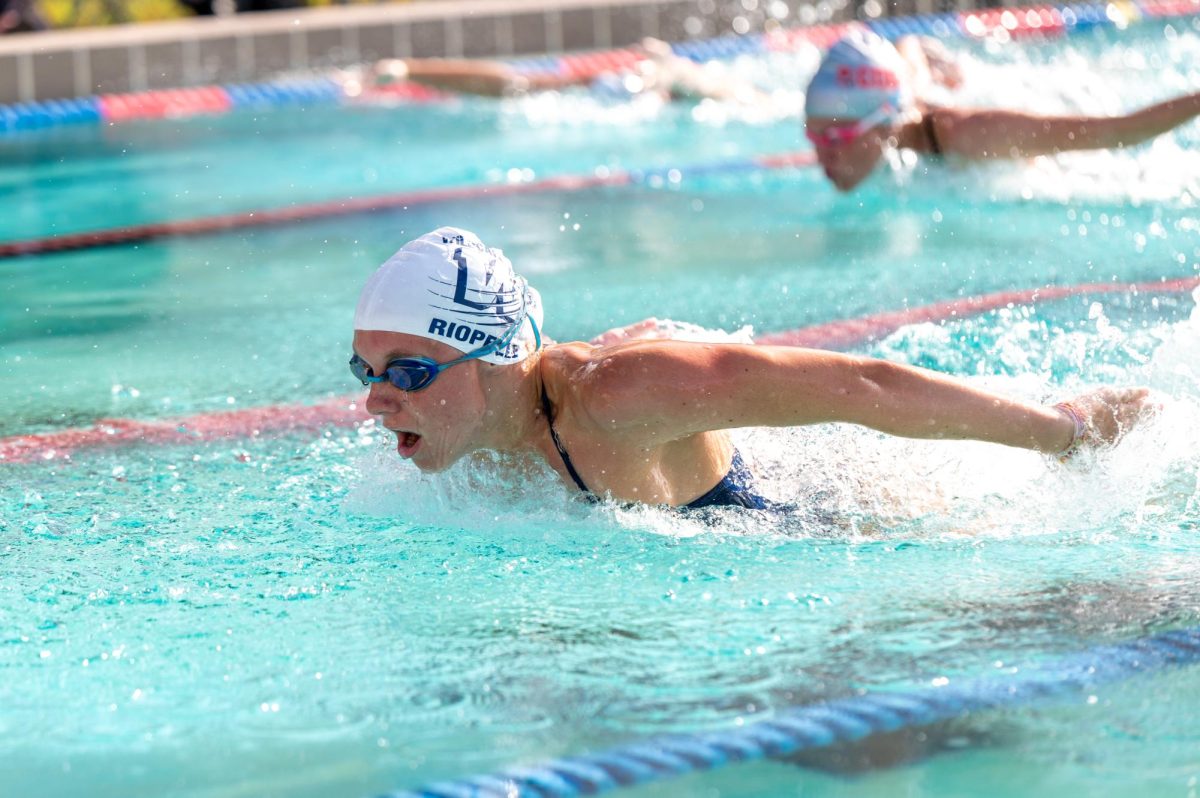Bringing Buses Back
May 15, 2018
Four years after cutting buses to choice schools, Brevard Public Schools has announced plans to bring them back — but in a different way.
“There used to be busing called corridor busing, where buses followed corridors and picked kids up at certain stops to deliver them to a school,” Assistant Principal Glenn Webb said. “They’re now instituting busing called regional busing, which is for students in Education Program Options.”
He said all West Shore students qualify for regional busing due to the school’s status as a choice institution, which is an Education Program Option. Other EPO’s include International Baccalaureate, Ace Cambridge programs and magnet schools.
“If you lived in Melbourne High School’s zone, then you could take a bus to school, but let’s say you lived in the Melbourne High School zone and you wanted to go to the Ace Cambridge program at Eau Gallie High School. You couldn’t get a bus,” Webb said. “But now you can take regional busing because you’re a part of the program.”
The Chief Financial Officer for Brevard Public Schools, Pennie Zuercher, said cost was one of the many considerations in choosing regional busing over corridor busing.
“But one of the main factors playing into the decision was community requests for a system of transportation for choice students,” Zuercher said. “They also wanted a system different than corridor busing because corridor busing was for specific kids going to specific schools and the district wanted to open up the options for kids [from different zones] to be able to go to choice schools.”
Zuercher said participants would move through regional busing like a mass transportation system, changing buses along the way instead of taking one bus straight to school.
“Corridor busing provided a bus directly between the pickup and the school, regional busing uses a depot method so buses run a shorter route and never go all the way to the end,” she said.
Jennifer Wolfinger, the media and publications coordinator for Brevard Public Schools, said bus stops have yet to be confirmed.
“Right when you register for school, you are assigned busing,” Wolfinger said. “Once we have an idea of who’s going where and which students need [busing], then they will confirm the actual stops.”
Wolfinger said even if only one student in an area applies and is accepted to a program, that student would still have a bus available to take him to school.
“The main goal is that [regional busing] provides access to programs that students wouldn’t have access to without [busing],” Wolfinger said. “[Students] have to apply to get into a program, then they can use that busing service.”
Wolfinger said bus drivers would be given the information regarding which students are in the choice programs and allowed to ride the bus.
“But [regional busing] is only available to students accepted into that program,” Wolfinger said. “You have to get accepted into the program in order to utilize that busing.”
Webb said the only concern he’s heard is that the bus rides might take longer because one bus might be dropping off at multiple schools such as Melbourne, West Shore and Heritage.
“The department at the district that deals with choice programs. They’re the ones who are determining all the routes and the stops,” he said. “There’s the south region, central region, north region. If you live in the north region, there’s stops in your area, but if you live in a different region to go to another you have to meet at one hub in order to take the regional busing.”
According to MGT of America, a business management consulting group in Tallahassee, the district’s transportation department continues to have a problem retaining bus drivers, with an estimated shortage of 30 to 50 substitute drivers during the past two years.
“We are still in the process of trying to solve [the shortage of drivers],” Wolfinger said. “We are still recruiting drivers and we have a bunch of recruitment incentives that we’re hoping will solve that issue.”
Zuercher said the regional busing budget consisted of the bus driver’s salary and the maintenance and fuel for the buses.
“The buses burn through a lot of diesel fuel. They get about 10 miles per gallon,” Zuercher said. “Plus regular check-ups and oil changes are some additional costs to consider.”
The routes and times will be finalized once the district knows who will be using the new busing system.
“Students can go to their family dashboard, which is where they go to do the re-application every year,” Webb said. “Parents have to go on the dashboard to fill out the survey on whether or not they will take advantage of regional busing.”
More information on regional busing is available on the Edline dashboard under the “News” button.



















































